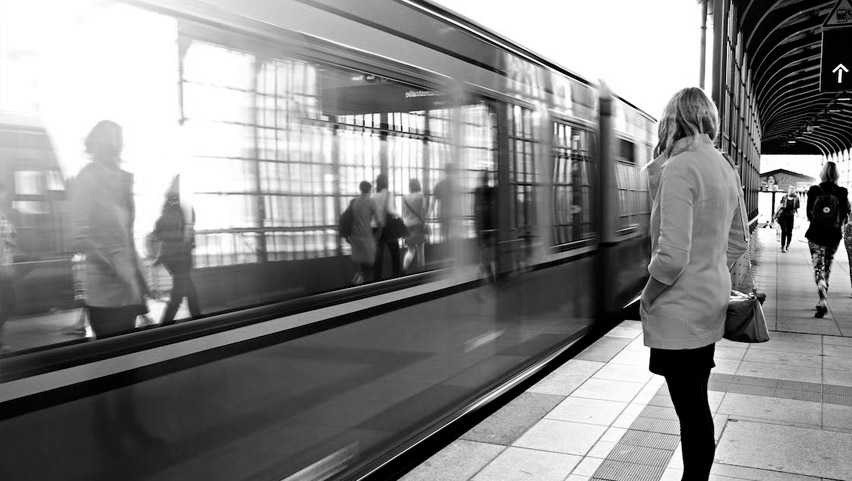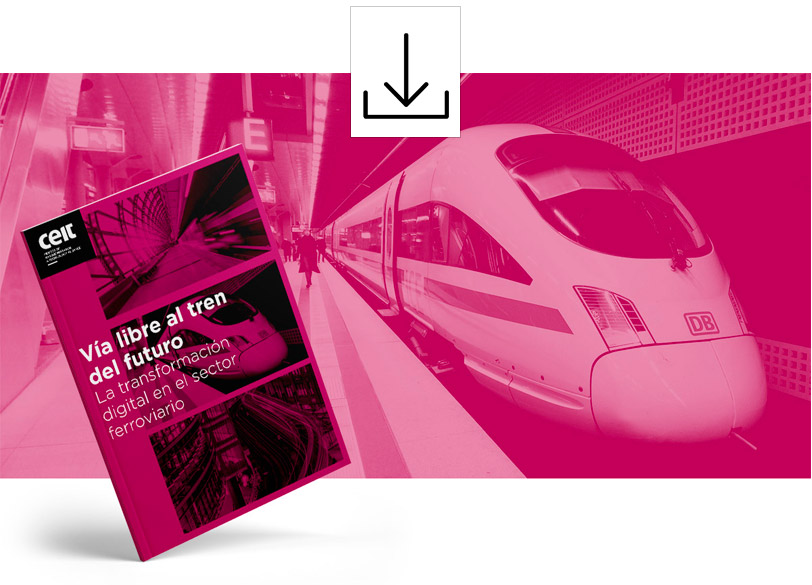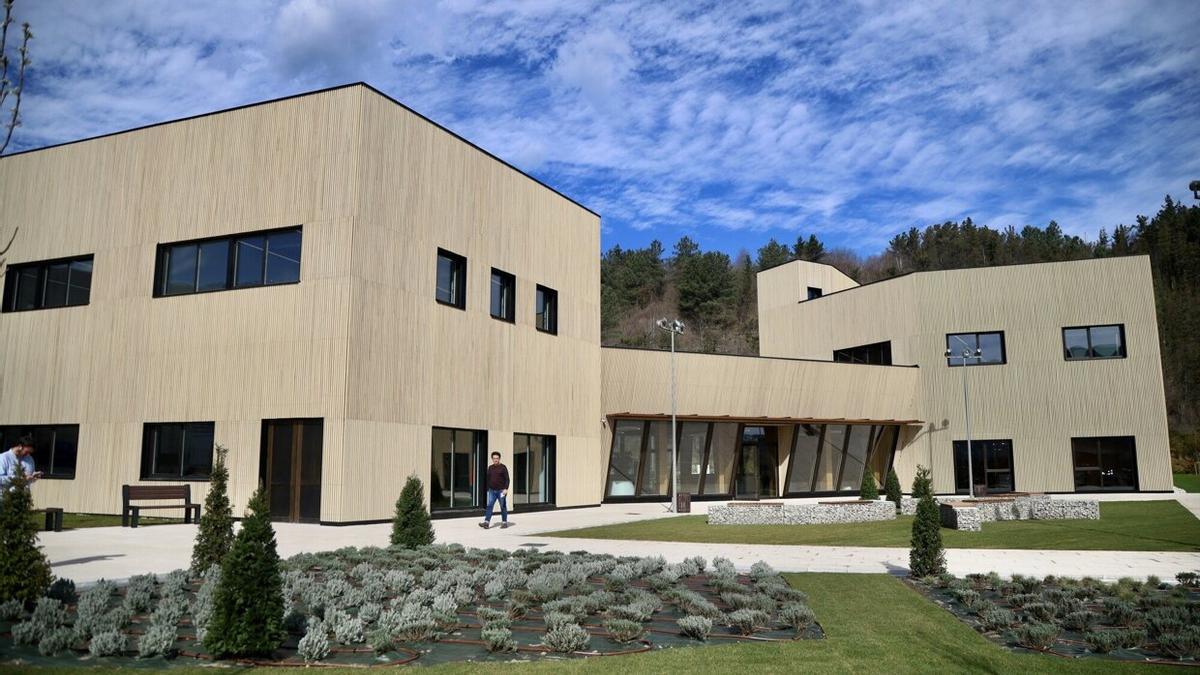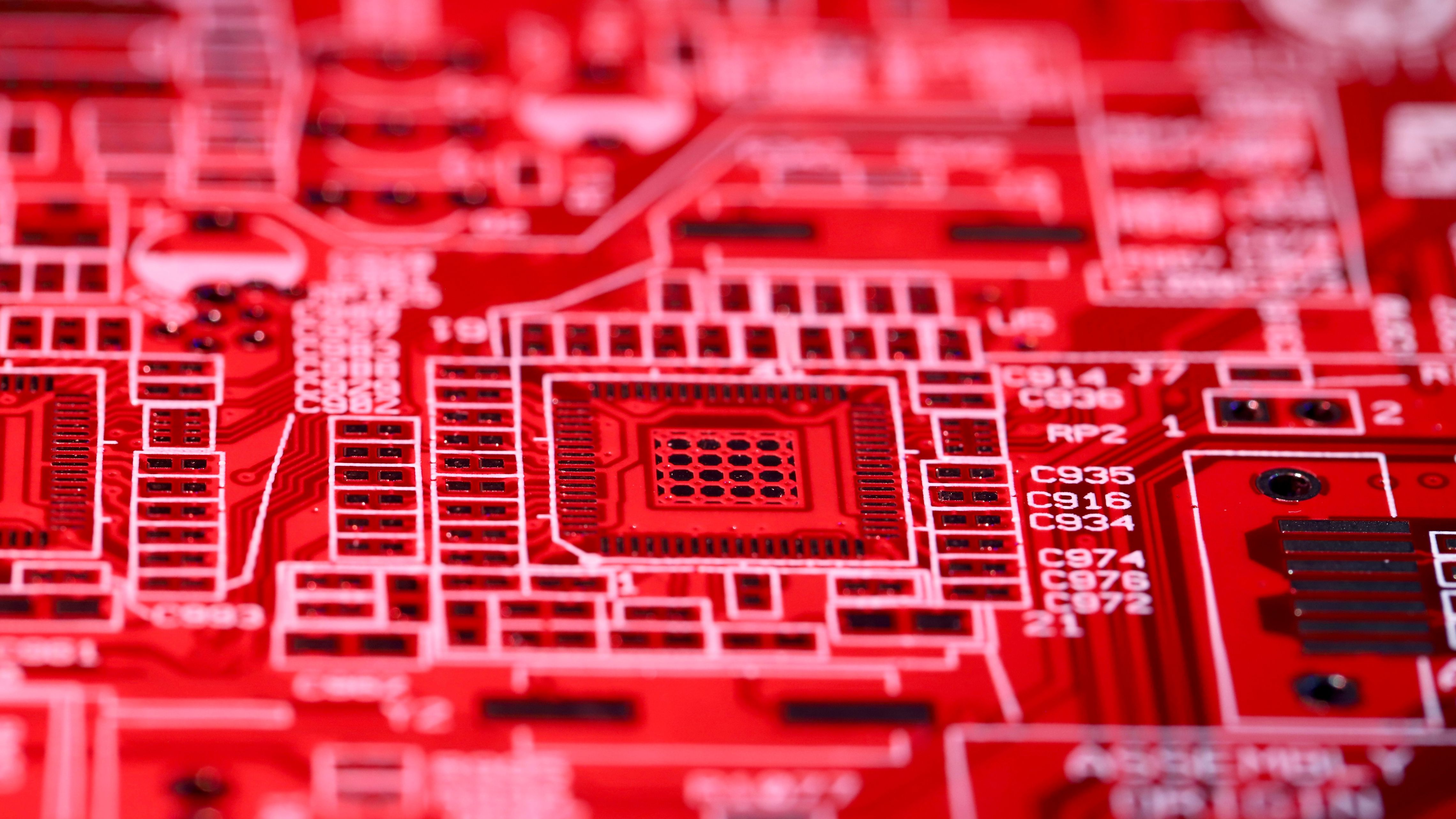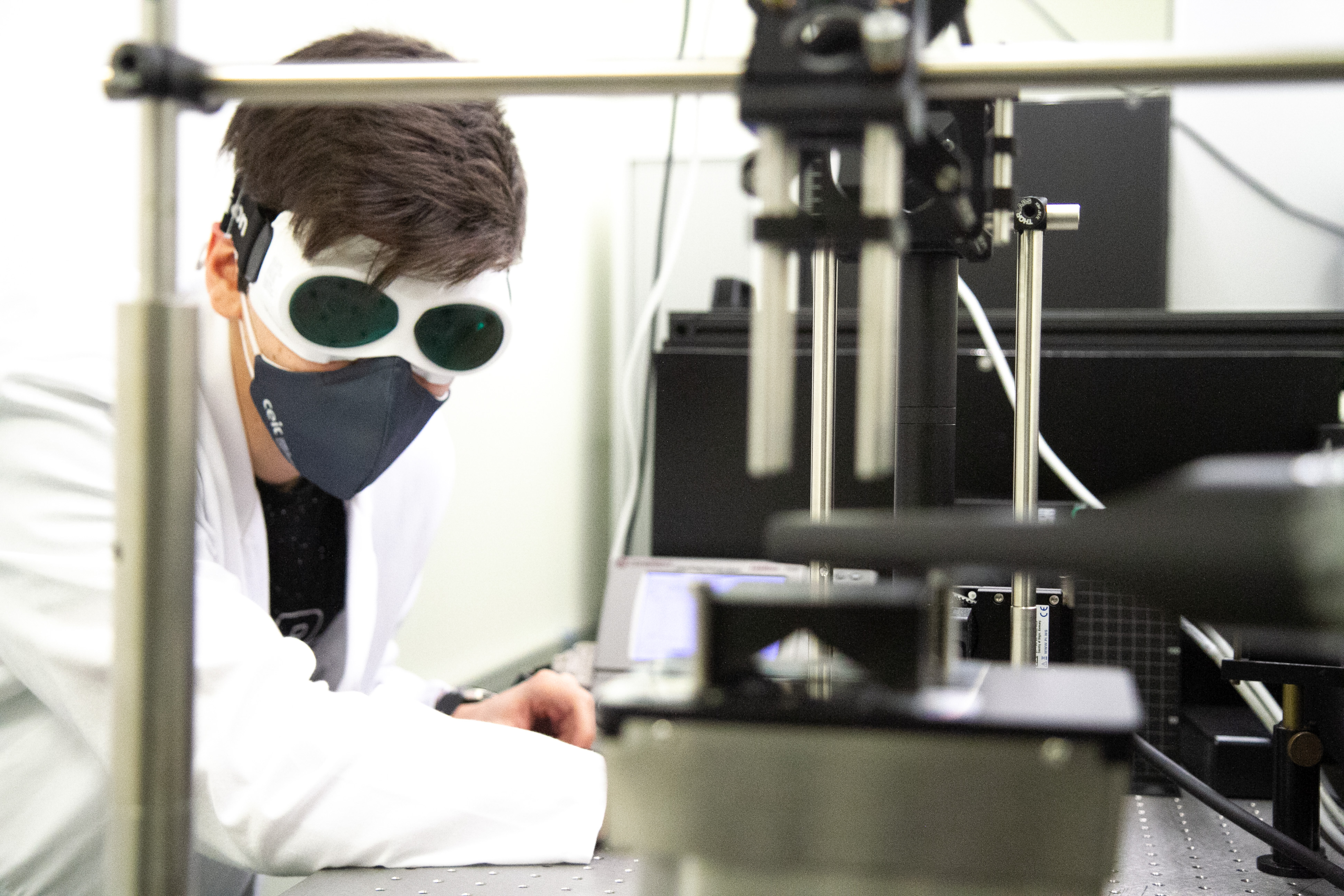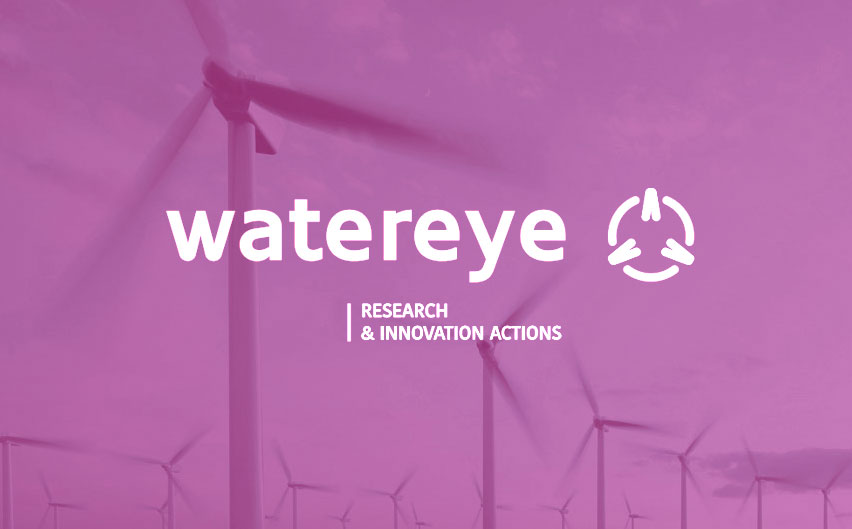Blog post: Energy efficiency, core topic to consolidate rail leadership.

28 | 11 | 2022
Rail is the most sustainable means of transport for passengers and goods, and a clear commitment to the future for all European institutions from the point of view of both safety and sustainability. It currently accounts for 0.4% of the total greenhouse gas emissions associated with transport in the European Union, and, according to the Ministry of Transport, manager , it is responsible for 0.4% of the total greenhouse gas emissions associated with transport in the European Union. data of the Ministry of Transport, mobility and diary Urbana, it has become the only means of transport that has managed to reduce both these emissions and its energy consumption in recent years.
However, although rail is the most environmentally friendly mode, the transport sector in general is manager responsible for a quarter of total greenhouse gas emissions in the European Union. This is why the European Green Pact has set itself the target of reducing 90% of the emissions associated with this sector by 2050, among others, by goal. This is an ambitious challenge aimed at optimizing the energy efficiency and operating costs of the railroads in order to make them a more efficient, safer and more environmentally friendly means of transport. This quest for energy efficiency and sustainability in the railway sector can be approached from three different perspectives:
- Through the optimization of the energy consumption of vehicles and their systems during the design phase.
- Through the optimization of design of the electrical infrastructure and the application of energy recovery strategies.
- With an increase in the energy efficiency of operations in a holistic manner.
While the first two strategies require a large investment and must be implemented during the design of new vehicles and infrastructure (and their systems), the third offers a substantial advantage: it can be undertaken on lines and rolling stock already in operation, with a lower investment. In this sense, this efficiency-seeking strategy must be a constant throughout the life cycle of the railway system, both from the point of view of design of the vehicles and in the operation of the infrastructure.
More efficient vehicles
The search for more efficient trains must be approached from a broad perspective that includes the most sensitive elements, i.e., the design of the vehicles and their systems, their consumption and the most appropriate propulsion mode.
Design
The rail fleet must incorporate lighter materials to reduce the overall weight of the convoys and thus optimize energy consumption. The complement to this section is aerodynamics. As this study this study on vehicle design and efficiency, aerodynamic drag accounts for 56% of consumption in high speed long distance; 34% in high speed average distance, and 25% in long distance. These data suggest the possibility of increasing efficiency through the research of new, more aerodynamic designs. Finally, it is necessary to reduce the consumption of the auxiliary and comfort elements of the trains themselves, such as air conditioning, electrical appliances and lighting, in order to achieve a decidedly efficiency-oriented environment.
Consumption
The performance and operation of vehicles determine their consumption; for this reason, it is necessary to develop driving-related energy management strategies. attendance Connected Driver Assistance Systems (C-DAS) contribute to optimize performance and consumption during operation, in real time, e.g. by optimized operating speed at status of the train and network, the required operating profiles (speed and time) and the degradation status of the assets. Operational efficiency can also be achieved in the design phase with the establishment of maximum speed, timetable and line capacity profiles to optimize the issue of trains that can run at the same time and their consumption.
The combination of these elements with the tools provided by digitalization makes it possible to increase energy savings in each train, optimize consumption throughout the fleet and even improve the energy management through customized supplies taking into account the specific needs of each vehicle.
Propulsion
Any step towards energy efficiency and sustainability involves eliminating the consumption of fossil fuels, in this case diesel, and implementing new, more modern and efficient propulsion methods, both electric and other renewable sources, such as hydrogen, as well as new energy storage technologies.
More sustainable infrastructure
The update and renewal of railway infrastructures is a basic condition for progressing towards efficiency in this sector. And the first step in this task involves fill in the electrification of railway lines, both in Spain and in Europe and the rest of the world. In our country, 35% of the railway lines are not electrified and require the use of diesel-powered trains. Progressive electrification is the most direct option, but it requires large capital investments, both for the purchase of material and for the management of the operation. To develop a more efficient and sustainable rail infrastructure, several actions need to be taken:
- Increase the use of renewable energies for power generation for network.
- Use technologies such as digital twins and other simulation tools to achieve a more accurate sizing of the electrical infrastructure, both during the design phase (optimization of the design) and during the operational phase (optimization of the management).
- Realize a holistic energy management that addresses both vehicles and infrastructure to achieve more efficient operations on a dual plane:
1. Rolling stock
The implementation of automatic driving systems, without driver intervention, and the permanent activation of the attendance driving system (C-DAS) are two active efficiency agents that contribute to reducing energy consumption.
2. The operations
Energy recovery during braking is an energy recovery option that saves costs and increases operational efficiency. It is estimated that a train can generate around 45% of the energy absorbed in the braking process. In addition, the foreseeable implementation of smart grids will make it possible to manage energy in real time and establish consumption forecasts to prioritize energy needs in the whole of network.
The commitment to these initiatives and their progressive implementation will contribute to increasing the energy efficiency of the railway sector as one of the most important factors in consolidating its leadership as the sustainable means of transport par excellence.
For more information, you can download our free ebook on railroads at download :

